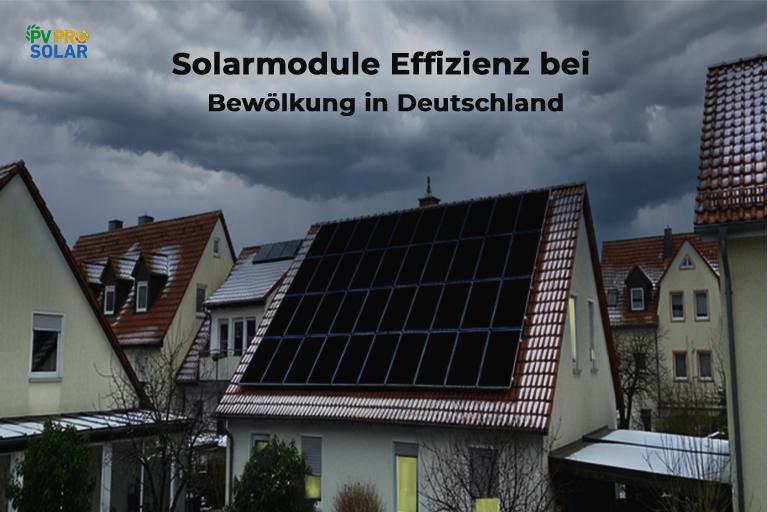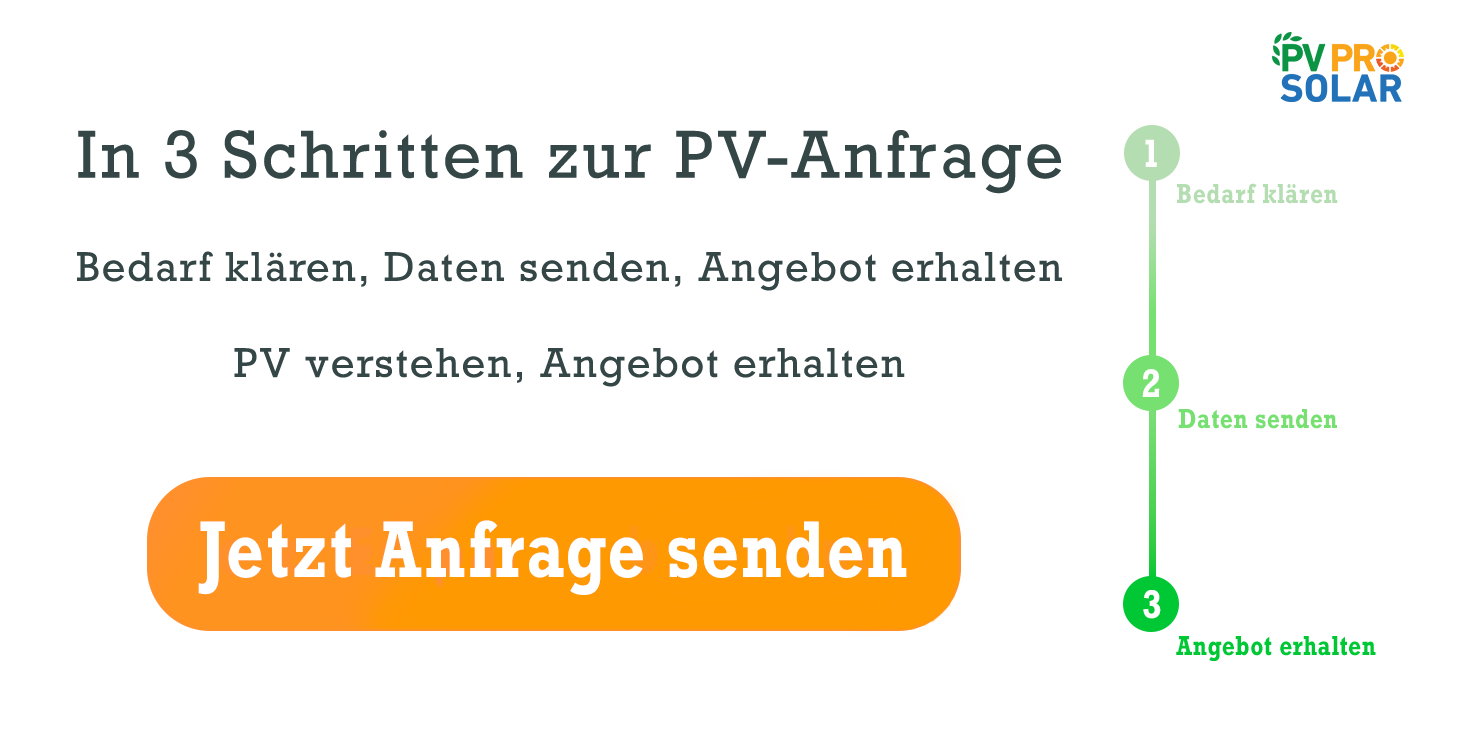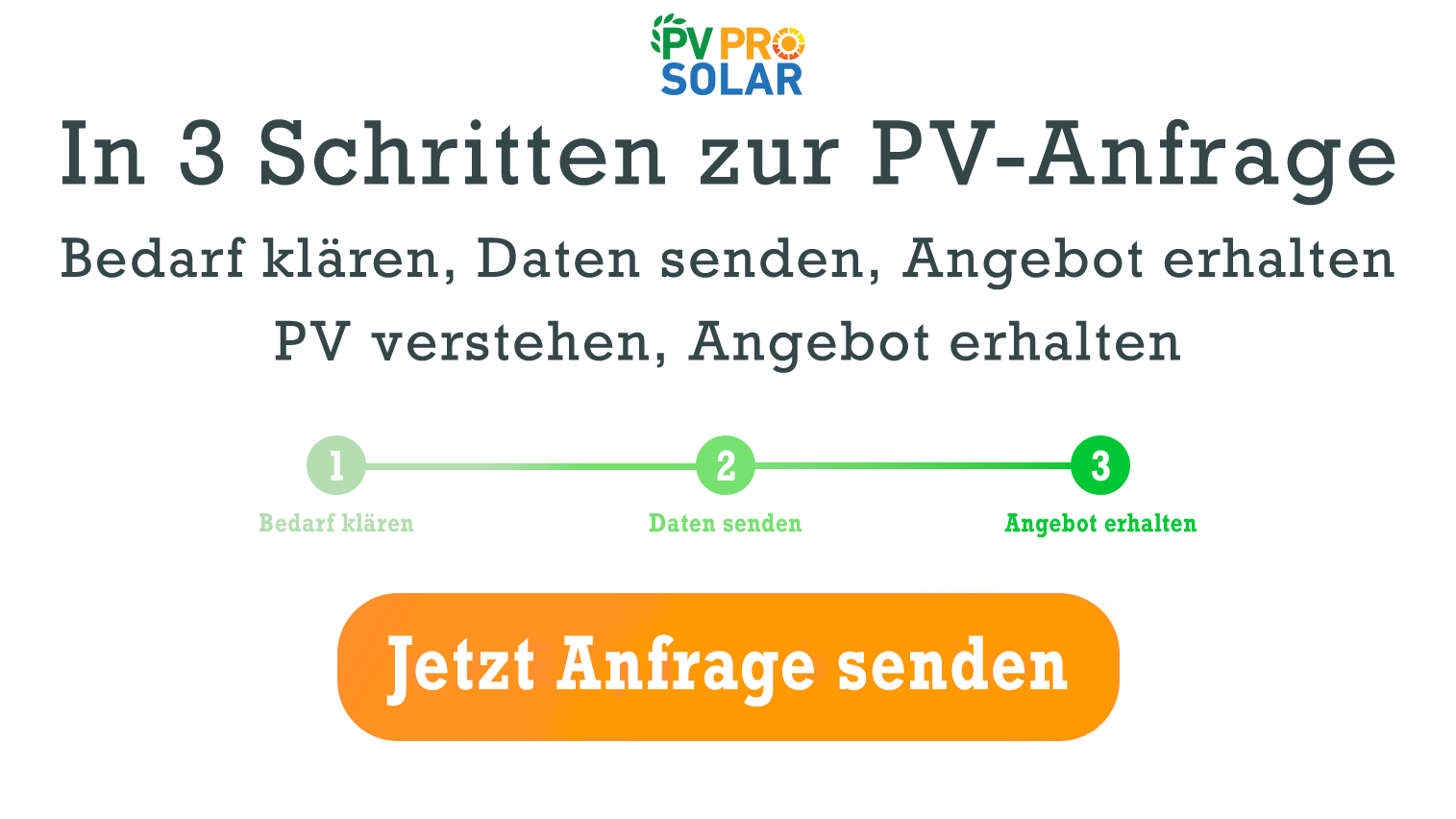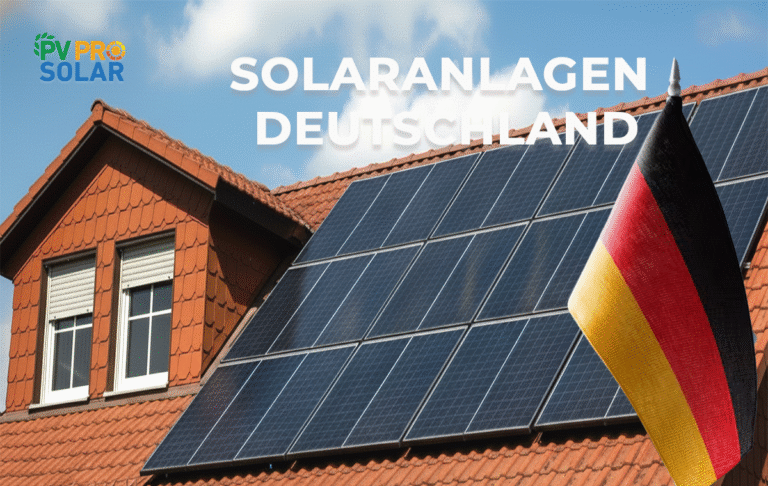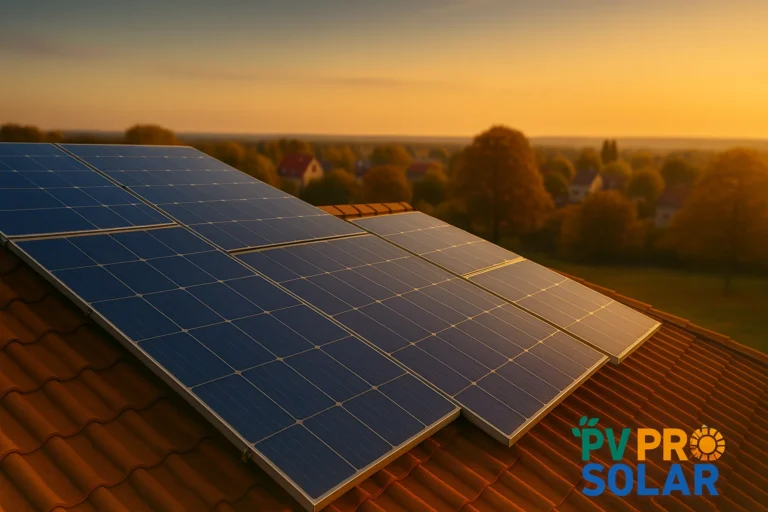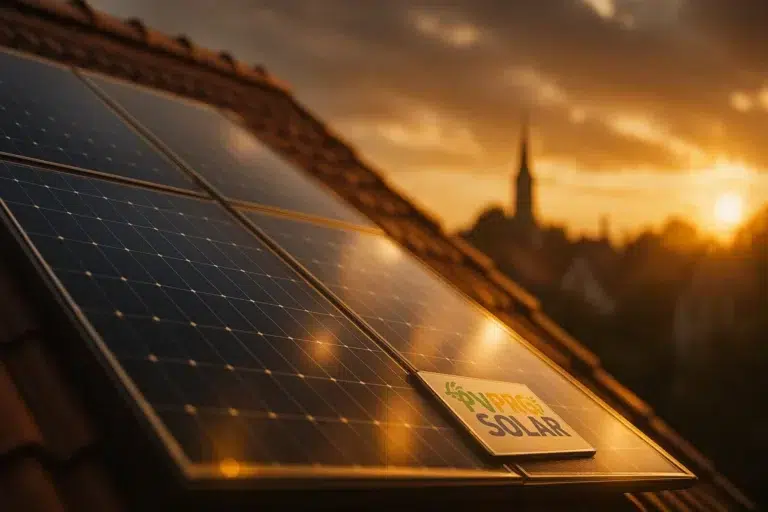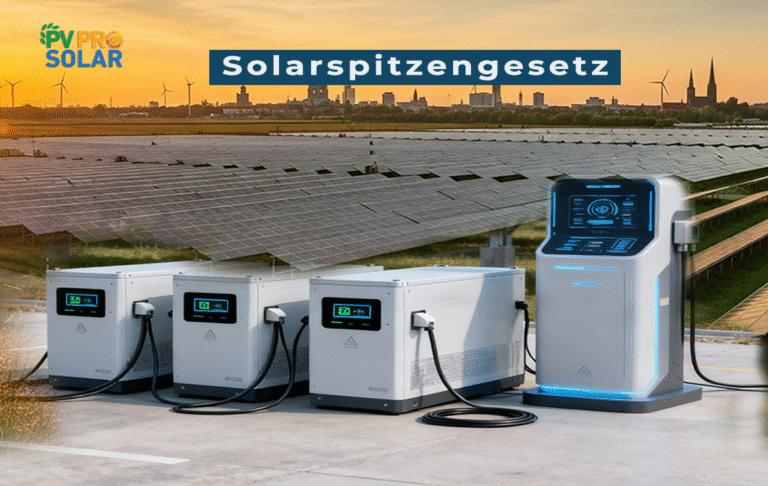Solar Panel Efficiency in Cloudy Germany: Performance, Technologies, and Tips
Solar panels are a core part of Germany’s energy transition. But how efficient are they when clouds dominate the sky? This article explores how solar panel efficiency in cloudy Germany is affected by technology, geography, and seasonal factors. It provides insights for homeowners, businesses, and industries, along with tips to optimize performance even when sunshine is limited.
What does solar panel efficiency mean?
Solar panel efficiency refers to the ratio between the amount of sunlight hitting the panel and the electricity it produces. This efficiency is expressed in percentage and depends on several factors, such as the type of solar cells, material quality, and environmental conditions like temperature and solar radiation. In Germany, where weather conditions change frequently, solar panel efficiency is crucial in cloudy areas, as sunshine is not always consistent. Manufacturers typically state Standard Test Condition (STC) efficiency, measured under ideal conditions. In real operation, especially under cloud cover, actual performance can vary. The challenge is optimizing panels to produce usable power even under diffuse light.
How does cloud cover affect solar panel performance in Germany?
Cloudy weather is common in Germany, especially in autumn and winter. Clouds act as a natural filter, reducing direct sunlight that reaches solar panels. The intensity of solar radiation decreases, lowering energy output. Still, panels generate electricity under diffuse light created by scattering through clouds, although with reduced output. Studies show that output under clouds can drop to 10%–50% of normal levels, depending on cloud density. Thin clouds may have little effect, while heavy clouds cause major losses. Time of day also matters, as the angle of incoming light changes the intensity of diffuse radiation.
Which solar technologies work best in cloudy conditions?
Not all panels react the same way to cloudy weather. The following technologies perform better in such environments:
- Monocrystalline panels: High efficiency, good absorption under diffuse light.
- Polycrystalline panels: Lower efficiency under clouds, but cheaper.
- Thin-film panels (e.g., amorphous silicon, CIGS): Excellent in weak light, capture energy from different angles, often outperform crystalline modules under heavy clouds.
- Bifacial panels: Capture light from both sides, including reflected and scattered light.
Ongoing research focuses on boosting low-light performance. Perovskite solar cells and tandem cells are promising technologies expected to impact the German market soon.
How much does solar power drop under different cloud conditions?
Energy production depends strongly on the level of cloud cover:
- Light cloud cover: Up to 80% of typical output is still possible.
- Moderate cloud cover: Output falls to 40%–60%.
- Heavy cloud cover: Power can drop to 10%–30%.
Seasonal differences also matter. In summer, long daylight hours compensate for clouds. In winter, lower solar radiation and frequent overcast reduce yields further. Location plays a role too, with southern Germany typically producing more than northern or coastal areas.
Which geographic factors in Germany affect solar panel efficiency under clouds?
Germany’s regions experience cloud cover differently:
- Lower Saxony (Hannover, Wolfsburg): Moderate sunlight, frequent clouds in winter.
- Bremen: Many cloudy days, similar to Lower Saxony.
- Southern Germany: More sunshine overall, but still cloud impact.
- Eastern Germany: More sunny days than the west, slightly better cloudy-weather performance.
- Coastal regions: Frequent fog and heavy clouds, where thin-film modules perform well.
Altitude and air quality also influence results. Higher altitudes may receive stronger UV radiation, while dust and pollution reduce light absorption.
How can solar panel efficiency in cloudy Germany be improved?
Several strategies help boost efficiency under cloudy skies:
- Proper panel tilt and orientation to maximize diffuse light.
- High-quality panels with strong light absorption.
- Micro-inverters and optimizers to reduce losses from uneven shading.
- Regular cleaning to keep panels clear of dust.
- Tracking systems to adjust panel angles dynamically.
- Smart energy management systems and batteries to balance fluctuating production.
What role do batteries play in balancing cloudy-day production?
Energy storage is key to managing reduced solar output under cloud cover:
- Stores excess energy from sunny periods.
- Increases self-consumption rates.
- Reduces grid dependency and stabilizes supply.
- Modern lithium-ion batteries offer high efficiency and long life.
- Smart systems optimize storage and consumption, helping households and businesses achieve higher energy independence.
How does solar compare to other renewables in cloudy Germany?
- Wind power often performs better under clouds since it is not light-dependent.
- Biomass produces steady energy regardless of weather.
- Solar remains valuable due to decentralized production, directly at homes and businesses.
- The best results come from a mix of renewables, balancing fluctuations.
What subsidies and regulations support solar use in Germany despite clouds?
Germany provides strong incentives:
- KfW funding programs for solar and batteries.
- EEG feed-in tariff guarantees payments for surplus electricity.
- Research funding for higher efficiency technologies.
- Legal frameworks encouraging renewables in new buildings and renovations.
What practical tips can homeowners and businesses use in cloudy weather?
- Get site-specific consultation with local weather data.
- Invest in quality modules and inverters.
- Add storage and smart control systems.
- Ensure maintenance and cleaning to maximize efficiency.
- Use government subsidies for financial support.
- Combine PV with heat pumps or EV charging for higher energy independence.
Even under cloudy skies, modern solar panels remain a cornerstone of Germany’s renewable energy system. With advanced technology, smart storage, and proper system design, solar panel efficiency in cloudy Germany can be maximized. Government support and smart strategies allow households and businesses to reduce costs, increase independence, and contribute to sustainability—no matter the weather.
Yes, they still generate power, but at reduced levels. Advanced technologies like thin-film and bifacial modules perform better in these conditions.
Depending on cloud density, output may drop to 10%–50% of maximum potential. Do solar panels work in heavy cloud cover?
How much less power do solar panels generate on cloudy days compared to sunny ones?
